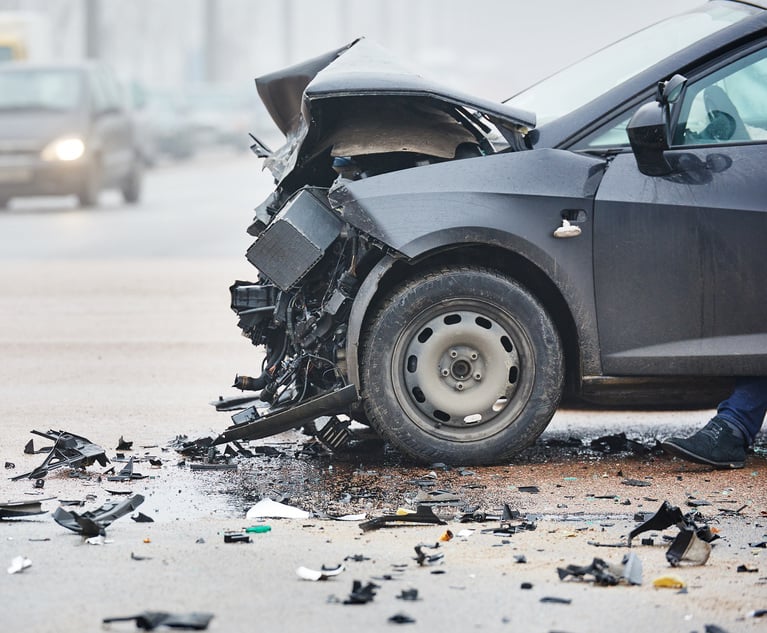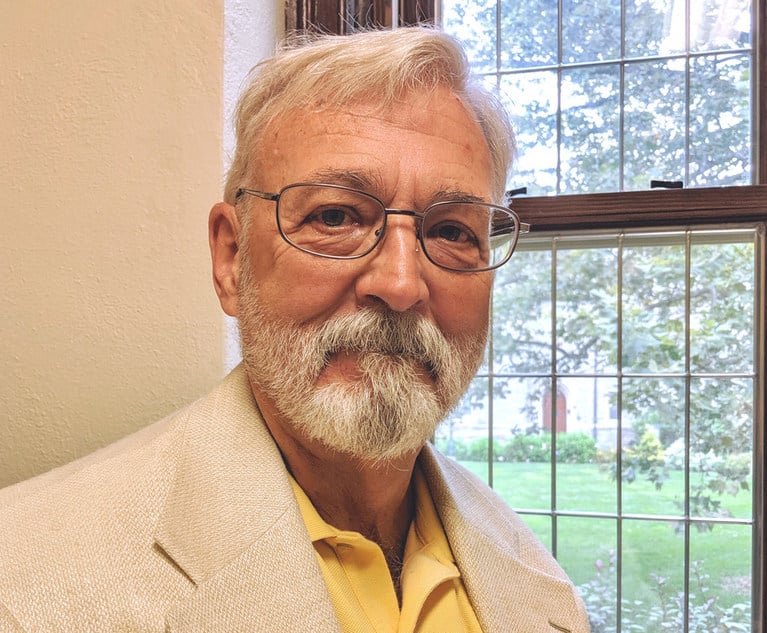I was reading an article recently by a woman whose father is a doctor dying from COVID-19, contracted from a patient whom the doctor was desperately trying to resuscitate. Doctors and nurses have been trained to “save at all costs,” or at least to do everything they can, absent a DNR, within the bounds of modern technology to save a patient’s life. It’s a model whose origin is an amalgam of morals, empathy, science, laws, values and the Hippocratic Oath, but it’s a model that is quietly being called into question. Indeed, there is now a debate that is going on at hospitals where that approach is being questioned-or at least examined. Should the medical profession weigh this well-settled approach to resuscitating a dying patient against the real danger of exposing doctors and nurses to COVID-19?
We’ve all watched enough television to have seen a Code Blue scenario—you know, the one used to signal that a patient has gone into cardiopulmonary arrest. It is the Code Blue process that puts health care providers at an enhanced risk because it involves chest compressions that are part of cardiopulmonary resuscitation or CPR, punctures to the neck and arms to access blood vessels to put in new intravenous lines, epinephrine injectors and a defibrillator to restart the heart. These emergency procedures can include endoscopies, bronchoscopies and other procedures in which tubes or cameras are sent down the throat, often sending virus-laced droplets from a patient’s airways all over the hospital room. In the process, providers use many gloves, gowns, masks and other protective equipment. (See C.G.S. sec.19a-580d (a) “’DNR order’ means an order written by a physician licensed under chapter 370 or advanced practice registered nurse licensed under chapter 378 for a particular patient to withhold cardiopulmonary resuscitation of such patient, including chest compressions, defibrillation or breathing, or ventilation of such patient by any assistive or mechanical means, including, but not limited to, mouth-to-mouth, bag-valve mask, endotracheal tube or ventilator”.)


 Former Connecticut Supreme Court Justice and DCF Commissioner Joette Katz.
Former Connecticut Supreme Court Justice and DCF Commissioner Joette Katz.




